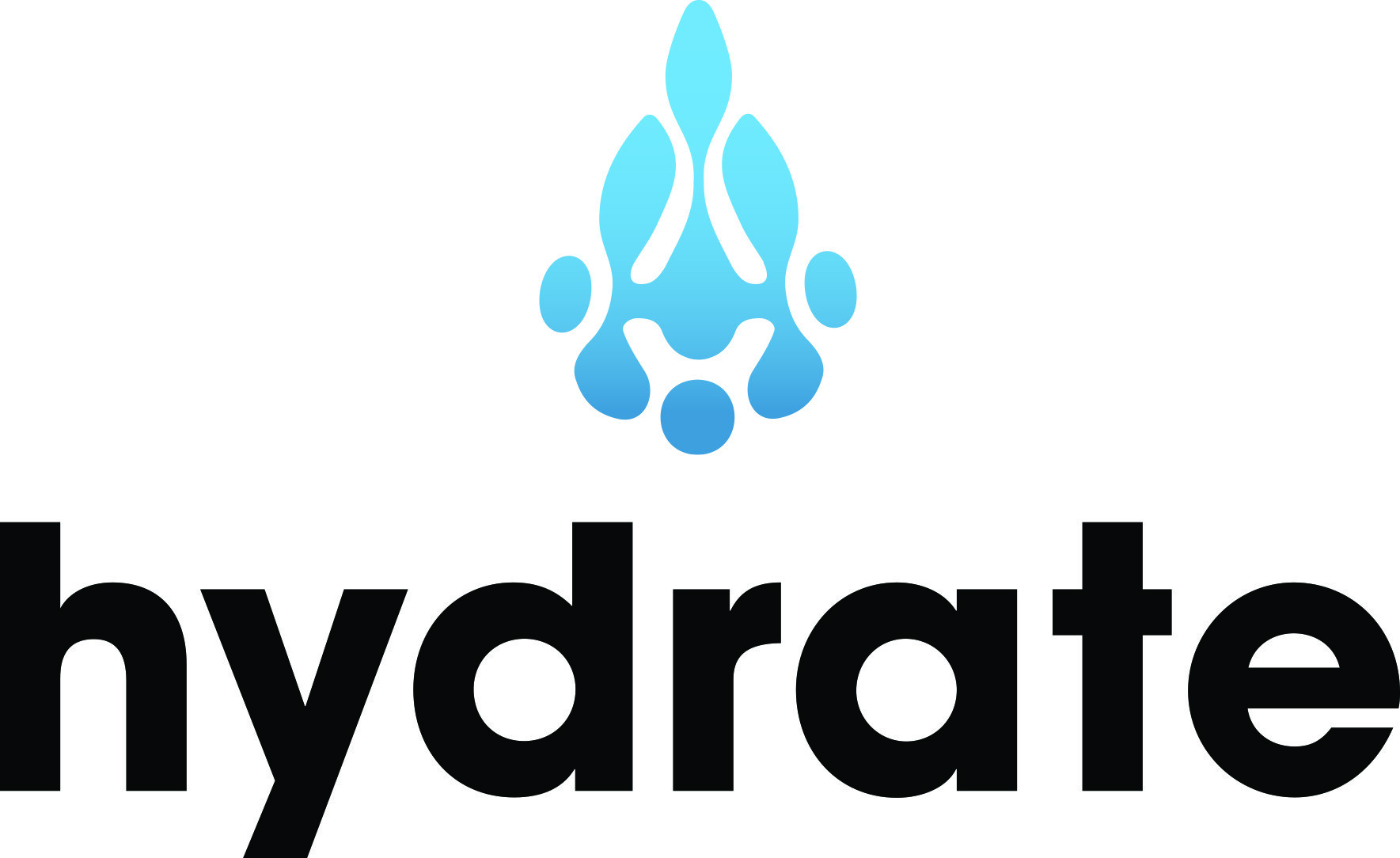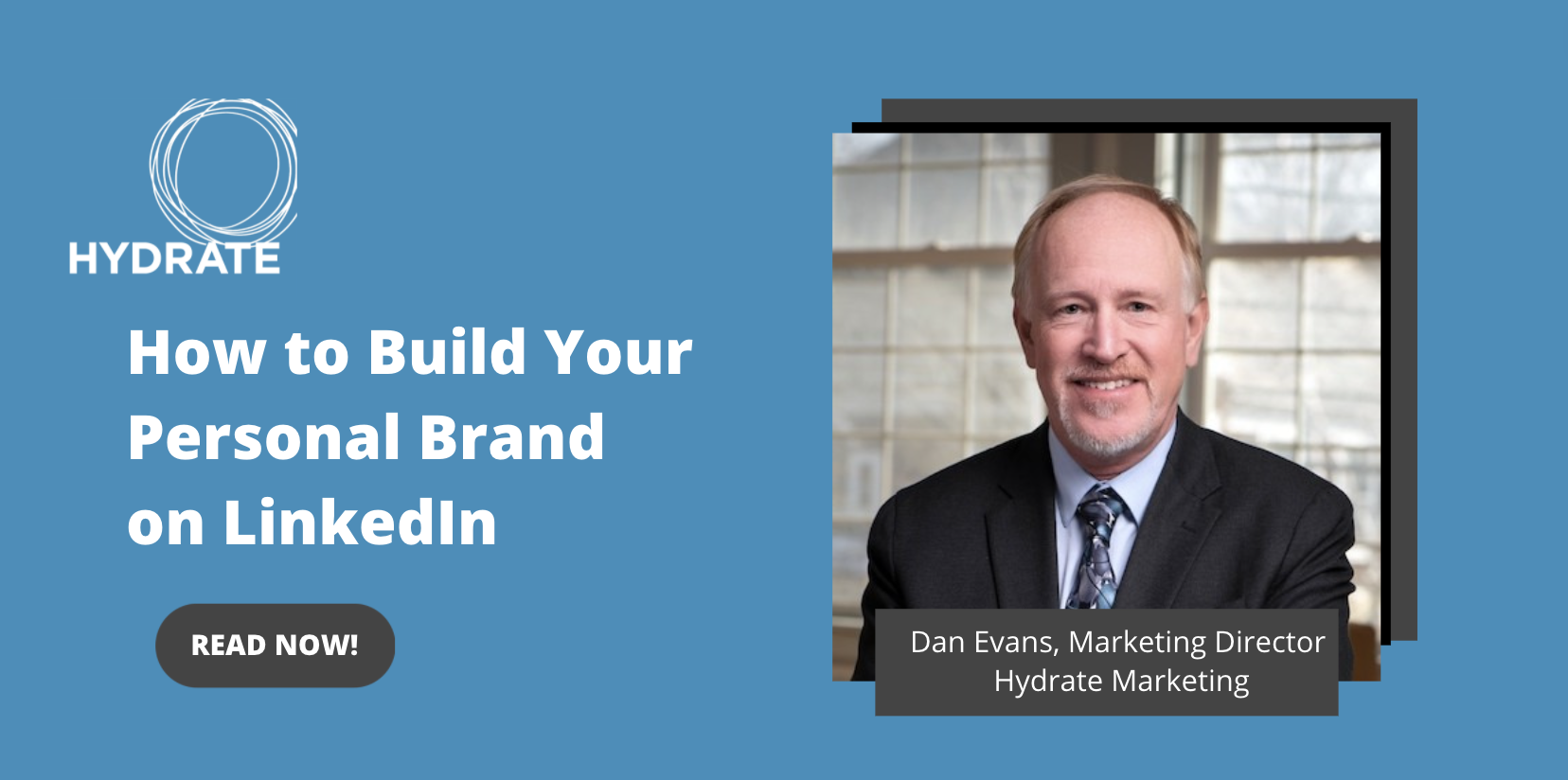When was the last time you got excited about meeting a really interesting person through business and visited their LinkedIn profile to find they have seven connections and no portrait image?
For many years we as individuals were able to hide under the umbrellas of our corporate brands. Coworkers and customers got to know us through any interaction we had with them either in person or on the phone, but the outside world could easily not be aware of our existence. Fast forward to today and customers, prospects, coworkers, and potential employers can easily find us online with the goal of investigating our personal brands to see what makes us tick.
If you are skeptical about how active the outside world is in combing the internet for information on you, consider this –
According to CareerBuilder:
- 57% of companies are less likely to interview a candidate they can't find online
- 54% have decided not to hire a candidate based on their social media profiles
- Half of employers check current employees' social media profiles, over a third have reprimanded or fired an employee for inappropriate content
- 70% of employers use social media to screen candidates, up from 11% in 2006
What is a personal brand? Much like a corporate brand, a personal brand uses imagery, messaging, and stories to evoke a lasting impression of who you are, what you stand for, what you’re passionate about, and what experience and expertise you bring to the table. If you’re in sales or business development, optimizing your personal brand is a necessity because so much of the sales cycle takes place online these days. But regardless of whether you’re in sales or not, optimizing your personal brand makes good sense in a world where people increasingly distrust corporations and are more interested in getting to know the individuals behind the brand.
Here are some actions that you can take to begin optimizing your personal brand –
Reflect on your skills and areas of expertise
This is often harder than it seems. Most of us have been in the workplace for many years and have gained even more experience than we know. Beyond your major categories of expertise or job descriptions, like accounting, operations management, or business development, dig a little deeper into the individual activities that fall under your responsibility. More importantly, think about your expertise in terms of the value that you deliver, the accomplishments you’ve achieved, and the ways that you’ve helped coworkers, customers, and stakeholders. This will help you describe what you do in ways that will give searchers more insight into your potential.
Take note of what you’re passionate about
Potential customers and employers will start with a review of your skills and areas of expertise but showing what you’re passionate about will give more insight into who you are as an individual and whether you’re a good fit for them. That insight can potentially help you rise above the crowd of people with similar skills in the job market and catch the eye of a recruiter or HR professional who is scoping you out online. If you’re in sales or business development, discussing what you’re passionate about and what drives you to succeed in your endeavors could help to open the door to new prospects that you’re trying to network with. For example, as a salesperson you may be passionate about connecting individuals and companies with products and services that give them competitive advantage.
Update your LinkedIn profile
Four out five people on LinkedIn drive business decisions for their organizations, and 33% of B2B buyers use LinkedIn to make purchase decisions. With all the activity on the platform, optimizing your profile is the first order of business. LinkedIn is the best place to display your personal brand, and you have a blank canvas with which to tell a compelling story of who you are and what gets you excited. A little time spent optimizing your LinkedIn profile goes a long way toward helping you rise above the sea of LinkedIn profiles that are incomplete, lackluster, and uninspiring.
Here are some LinkedIn profile stats:
- A professional photo will generate, on average, 14 times more views
- You are 31 times more likely to be found on LinkedIn if you include 5 relevant skills in your bio
How many times have you looked someone up on LinkedIn and found that they don’t have a profile photo? You can still see examples of this with people that have over 500 connections! Match that with the above statistic that 70% of employers use social media to screen candidates and it’s plain to see that they are at a disadvantage for job hunting and networking. Begin by adding a professional photo and listing your passions along with at least five relevant skills to the “About” section of your profile. Learn more about this here.
Don’t forget about Facebook and Instagram
Your personal brand doesn’t live only on LinkedIn. Facebook and Instagram, along with other social media platforms, are open game for someone wishing to check you out and see the type of person you are. Everyone knows that these platforms are casual and reflect the things that you do every day outside of work, including time with family, friends, coworkers, cats, dogs, and visits to interesting places. Of course, interesting is a subjective term…
At the same time, these platforms are a treasure trove of information about who you are, what you like to do, and what is important to you. The key to optimizing these platforms to reflect your personal brand is almost more about what you don’t post than what you do post. Rants about traffic on the way home from work or poor service from a frontline worker should be given careful consideration before you put them out there for the world to see. If you’re working on your personal brand and optimizing your platforms, it’s a good idea to review old posts and see if there’s something that can be deleted that doesn’t reflect well on your branding.
Broadcast, broadcast, broadcast
Once you have your LinkedIn profile optimized to reflect your personal brand, start using the platform to raise awareness of yourself. As with all social media platforms, it’s not a bad thing to start off as a listener and observer. With LinkedIn, that means spending a minimum of 10 minutes a day checking your “Home” newsfeed, “My Network,” and “Notifications.”
The LinkedIn algorithm will reward you for activity on the platform, so begin by seeing what your network is up to and liking their posts. From there, occasional comments on posts will help to raise awareness of who you are, and people will begin to visit your profile. Once you become more comfortable with the platform, start sharing posts by others, especially those you hope to connect with, and placing your own posts and articles. In addition, add a hyperlink to your LinkedIn profile in your email signature and marketing emails to encourage people to learn more about you and connect.
In today’s digital world, developing and optimizing your personal brand is a worthwhile exercise that will benefit you in many ways, not the least of which is reminding yourself of and celebrating the many accomplishments that you’ve racked up in your career and personal life. In a sense, most of the branding work is already done, you just need to put pen to paper - or should we say fingers to keyboard?








